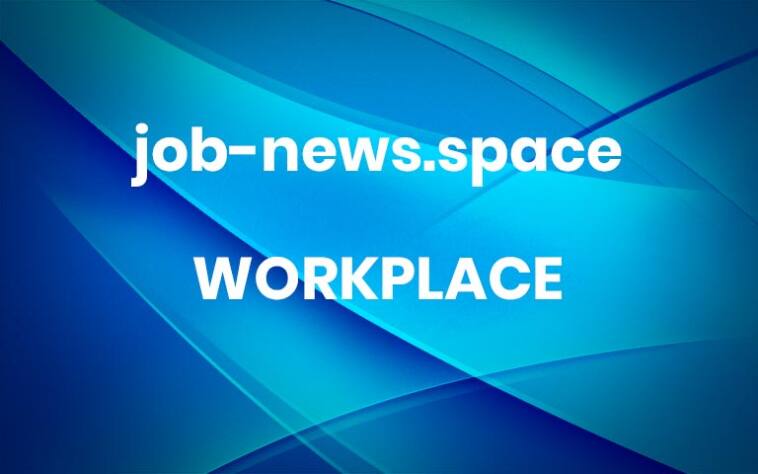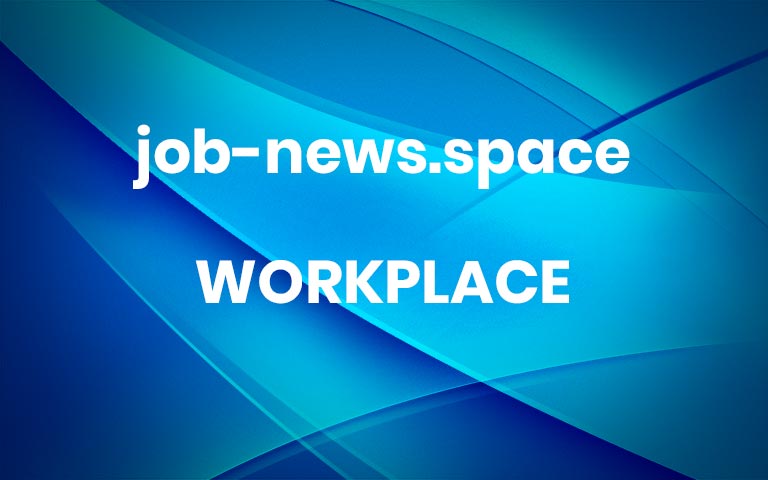The Insider’s Guide to Landing a Job at Anthropic AI
In the constellation of AI giants, Anthropic shines with a different light. While others race towards ever-larger models, Anthropic’s guiding star is a singular, critical mission: to build reliable, interpretable, and steerable AI systems that are safe and beneficial for humanity. This isn’t just a tagline; it’s the core of their identity and the key…
The Insider’s Guide to Landing a Job at Anthropic AI Undercover Recruiter – More



